Five Major Process Choices For Sportswear Manufacturing - Why Has Four Needles And Six Threads Become The Industry Benchmark?
 2025-04-02
2025-04-02

 Sansansun
Sansansun
An intermediate sewing solution that balances performance, cost and comfort
Abstract
In the field of sportswear manufacturing, the choice of sewing process directly affects the functionality, comfort and market competitiveness of the product. Traditional sewing methods (such as flat seams and three-thread lock seams) often cannot meet the needs of high-intensity sports due to problems such as seam friction and insufficient elasticity.
This white paper systematically analyzes the five most mainstream sewing processes in sportswear production, focusing on the technical advantages and commercial value of **Flatlock Seam**, and provides scientific selection basis for brands and buyers.
Ⅰ. Panoramic comparison of core sewing processes for sportswear
1. Flatlock Seam
Process principle
4 machine needles + 6 stitches (4 top stitches + 2 bottom stitches) are used to form a covered chain stitch (ISO 607 Type 604).
There is no boney bulge at the seam (thickness <0.3mm), and both the front and back sides are flat stitches.
Core advantages
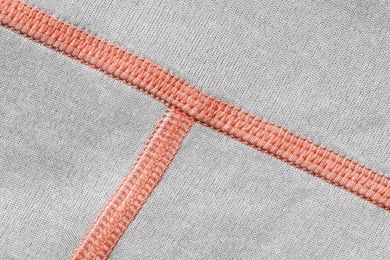
Ultra-high elasticity: lateral stretch rate ≥80%, far exceeding ordinary flat seams (≤30%), suitable for large movements such as yoga and running.
Zero friction experience: the seams are flat and smooth to avoid skin abrasions (Lululemon Align series standard process).
Extreme durability: Martindale test seam slippage <2mm, still firm after 50 washes.
Applicable scenarios
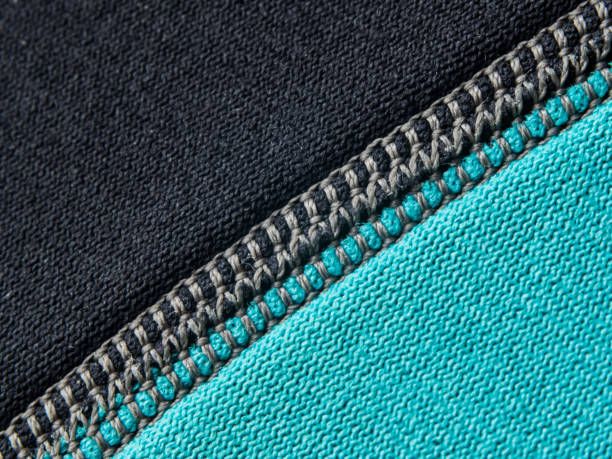
High elasticity required parts such as yoga pants side seams, sports bra straps, compression clothing.
2. Heat Seal Bonding
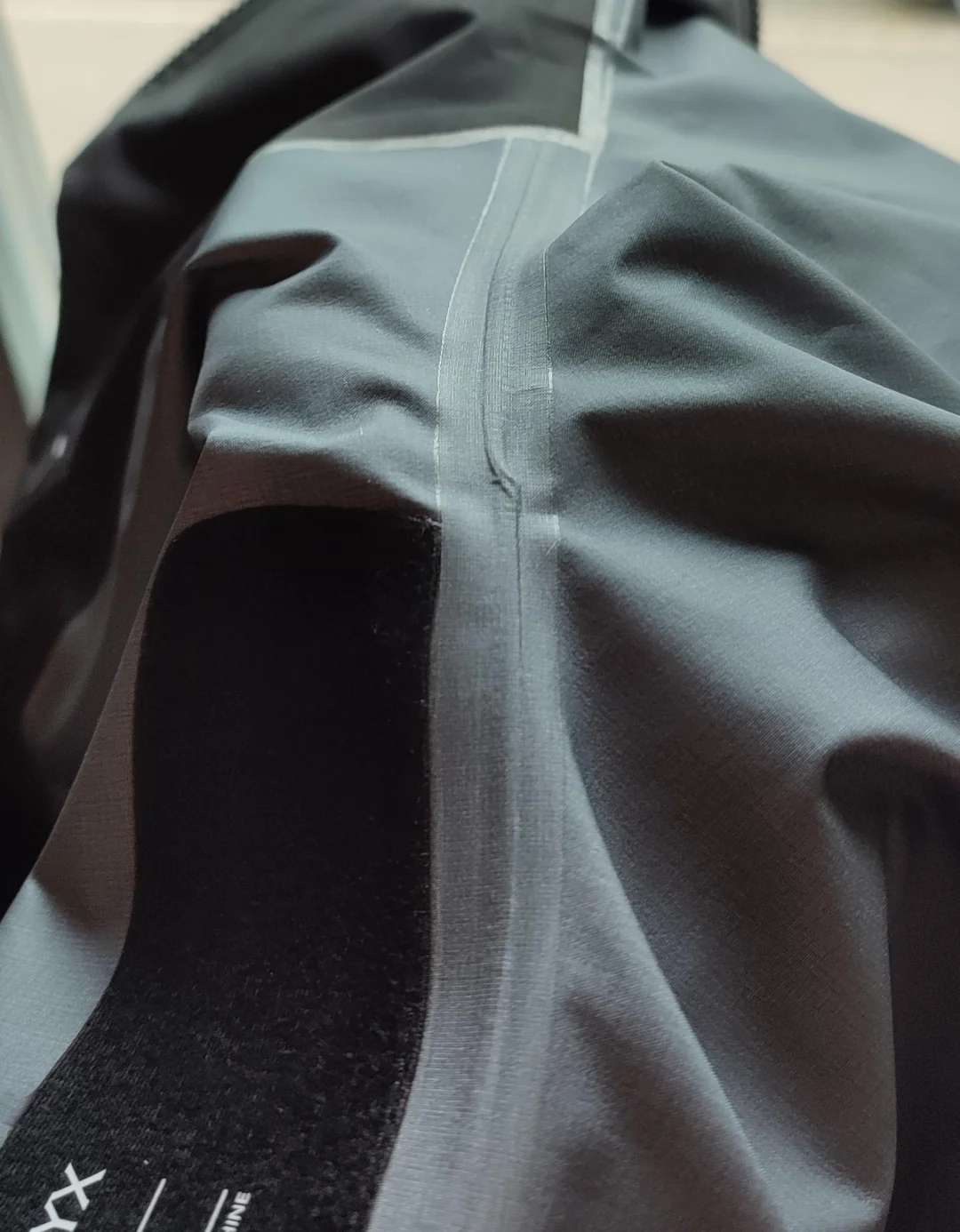
Process principle
Use TPU film to press the fabric seams at high temperature, completely without needle and thread marks.
Advantages and limitations
✅ Advantages: Absolutely traceless, suitable for sensitive areas (such as sports bra cup joints).
❌ Limitations: The cost is 40% higher than four-needle six-thread, and it is only applicable to chemical fiber fabrics (cotton/linen is not available).
3. Ultrasonic Welding
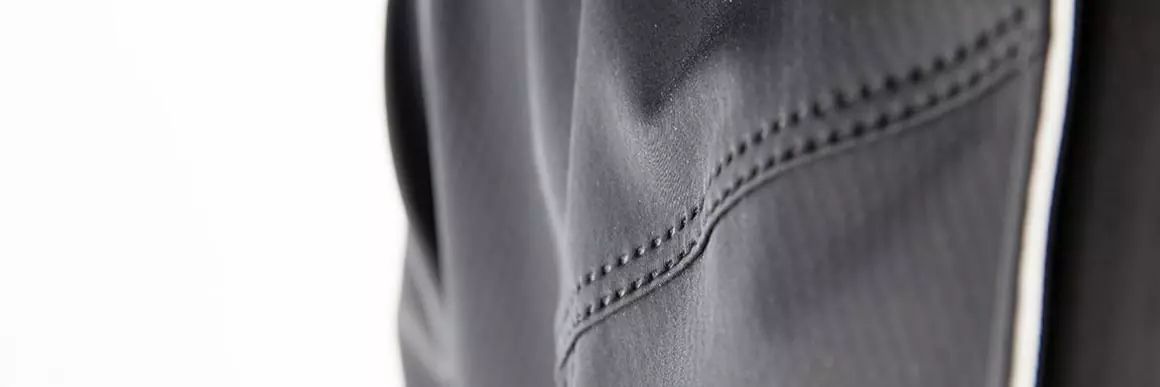
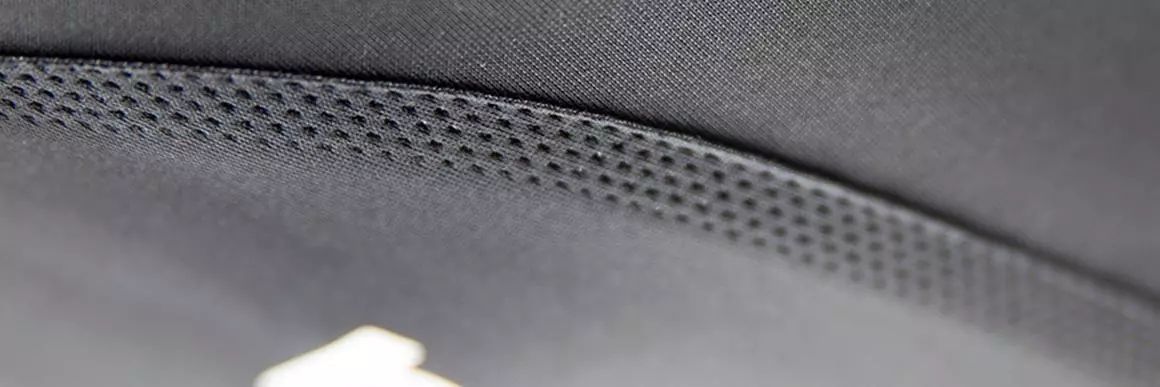
Process Principle
High-frequency vibration fuses the fibers, without needles, threads, or glue.
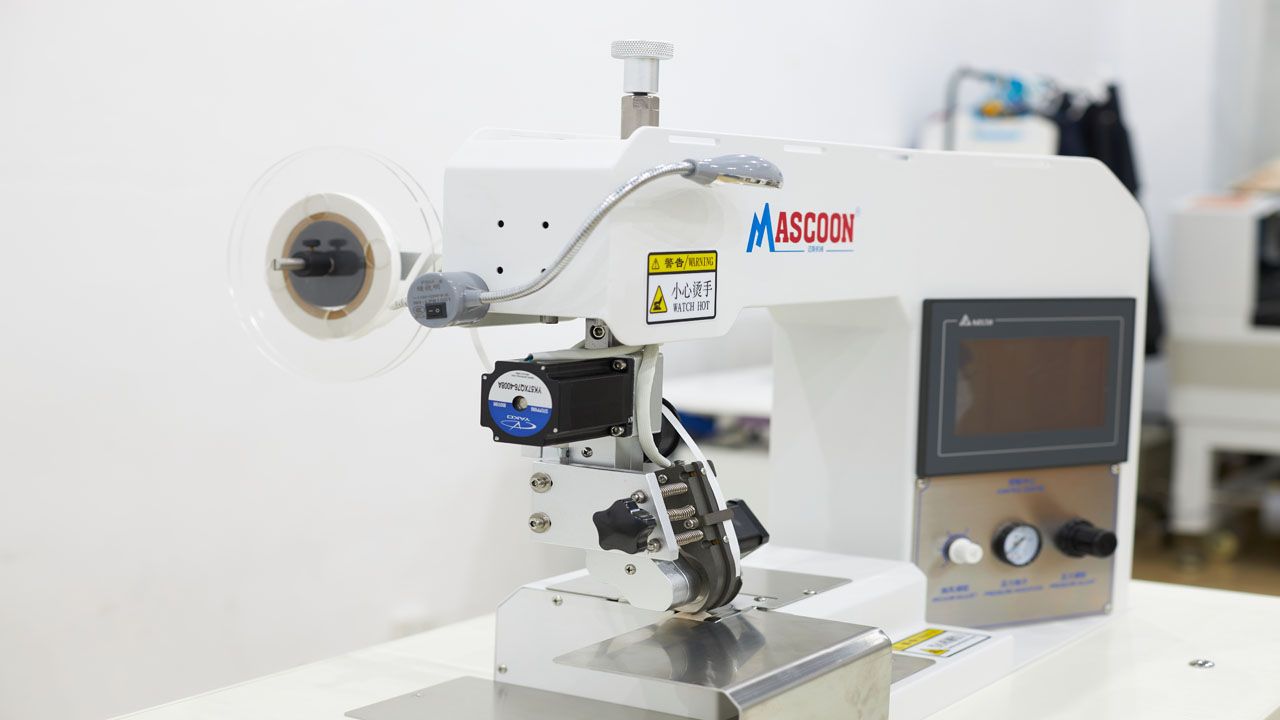
Advantages and Limitations
✅ Advantages: Environmentally friendly and pollution-free, excellent waterproofness (commonly used in outdoor jackets).
❌ Limitations: Poor elasticity (stretching rate <15%), only for synthetic fibers.
4. 3D Seamless Knitting
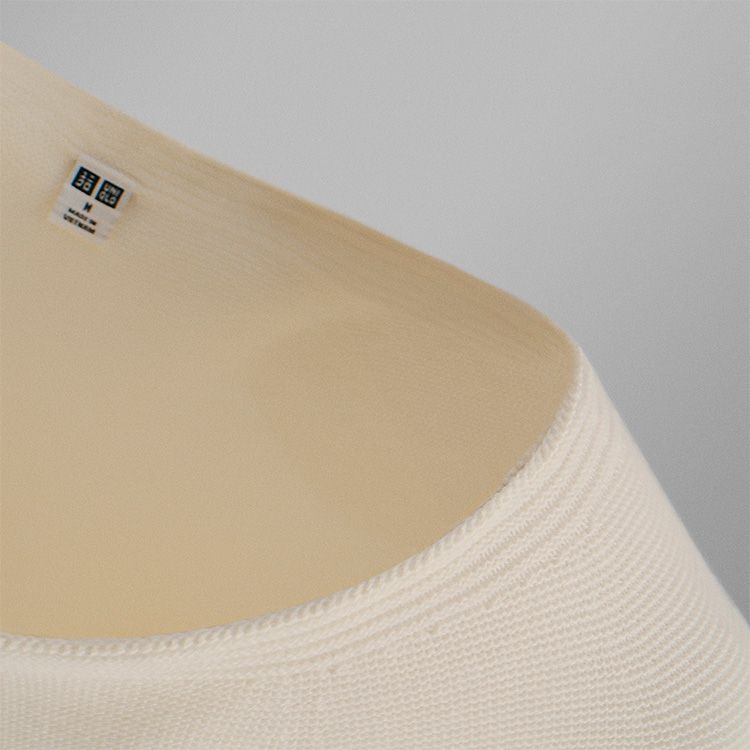
Process Principle
Fully computerized knitting machines directly weave garments, completely seamless (such as Adidas Primeknit technology).
Advantages and Limitations
✅ Advantages: Peak comfort, close to zero material waste.
❌ Limitations: High equipment cost (more than $2 million per unit), long delivery cycle.
5. Traditional flat seam + Basic Overlock
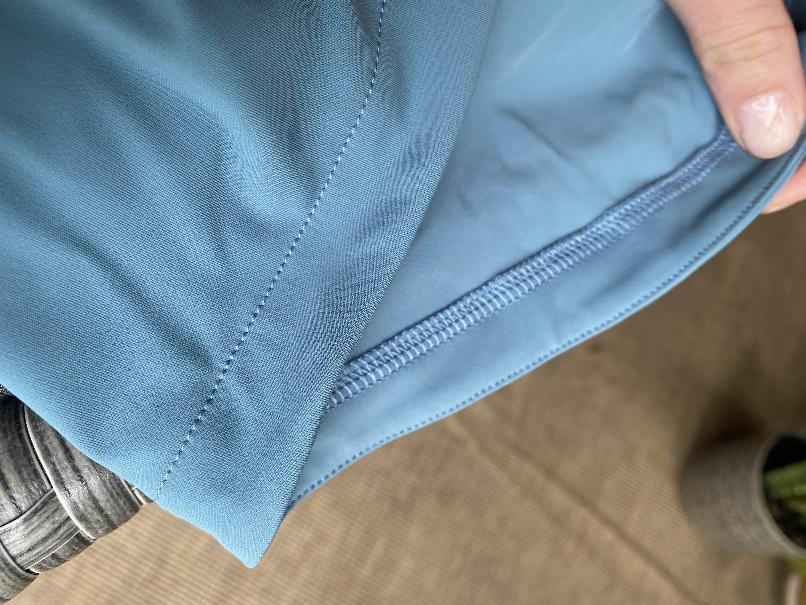
Process Principle
Ordinary flat seams followed by three-thread overlock, the most basic process in the industry.
Problem summary
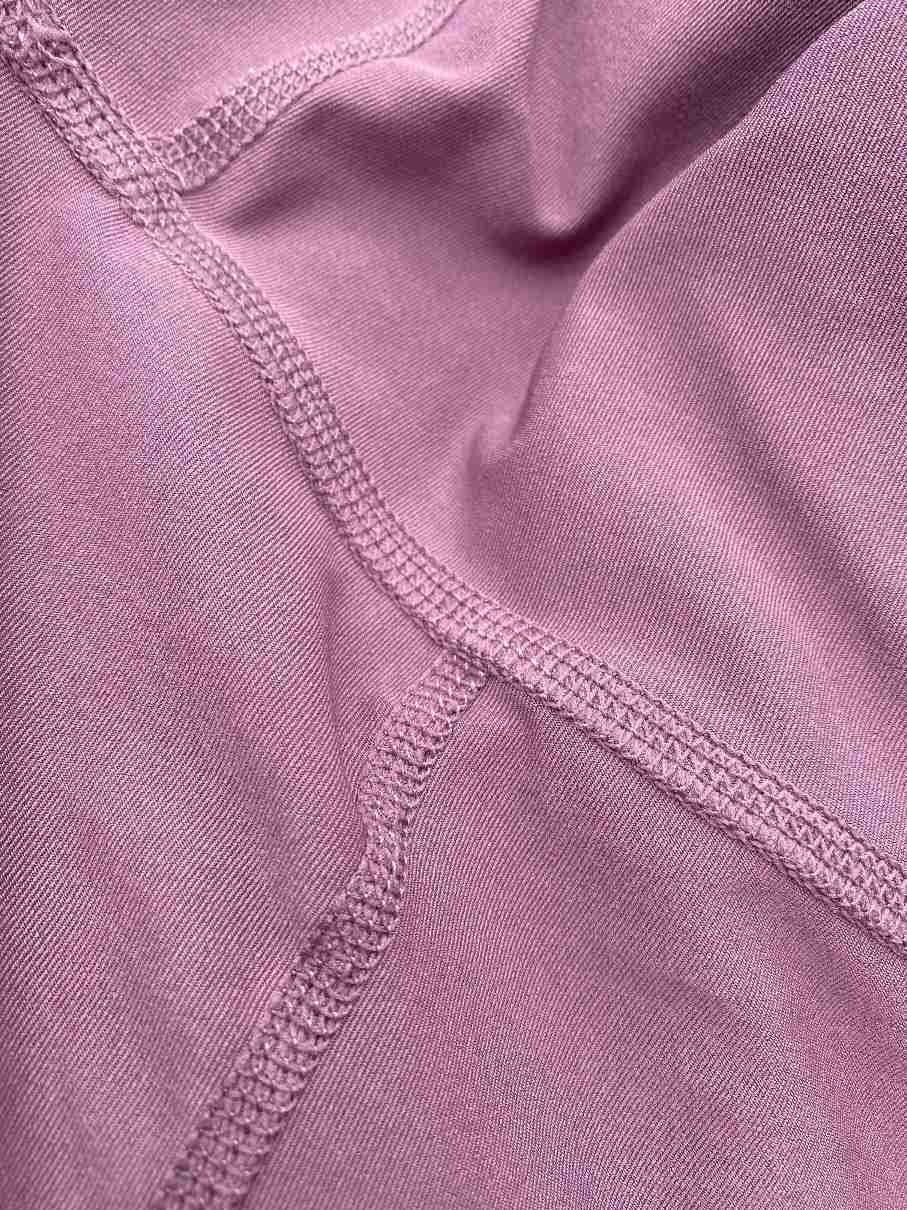
❌ Limitation: Seam thickness > 1.2mm, rubbing the skin during exercise.
❌ Limitation: Very poor elasticity (stretching rate < 30%), easy to break.
Ⅱ. Commercial value analysis of four-needle six-thread
1. Leading performance parameters
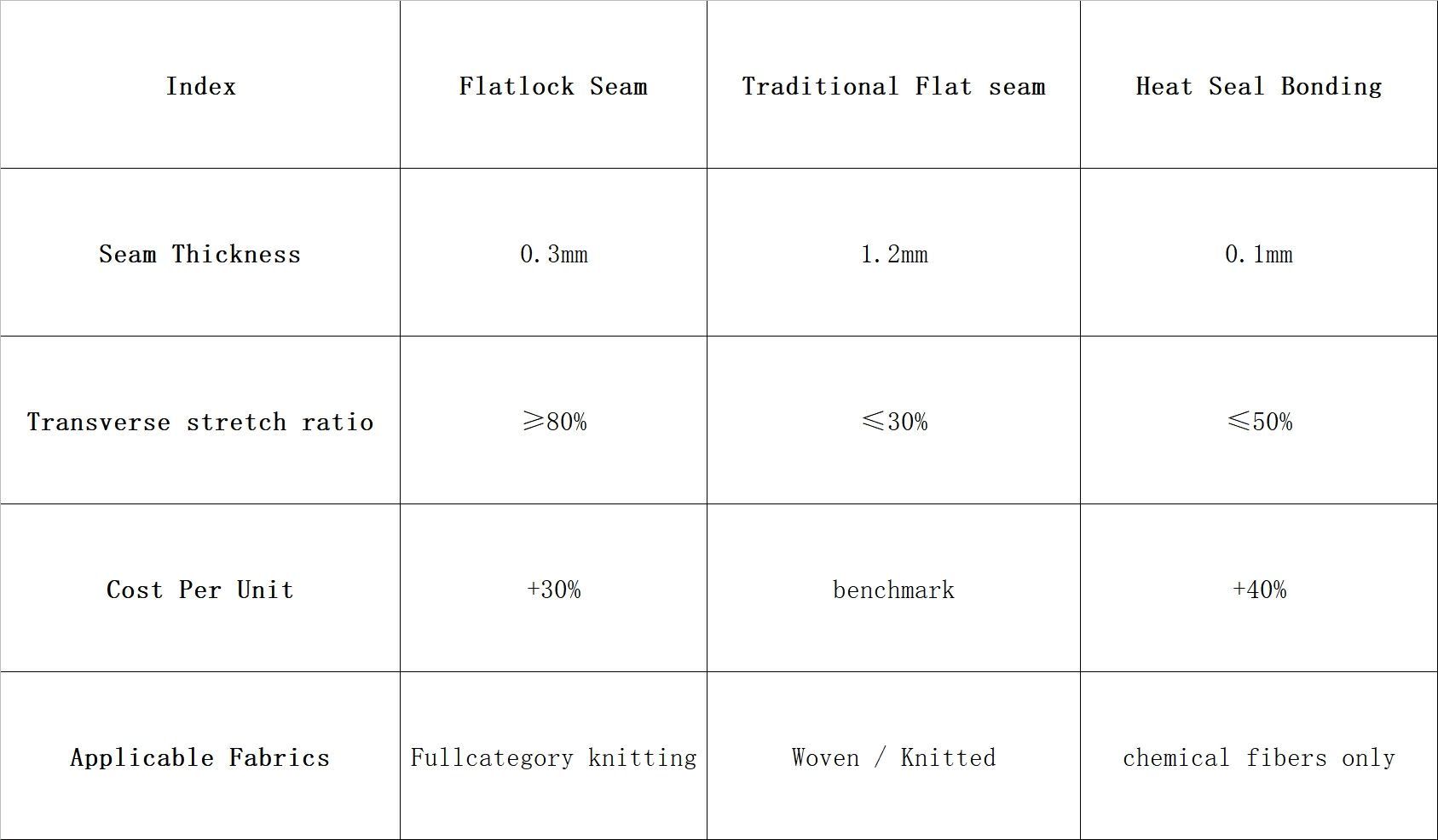
Conclusion: Four-needle six-thread performs best in elasticity, versatility, and cost-effectiveness.
2. Brand empirical case
Lululemon: Four-needle six-thread is fully used in the side seams of yoga pants, and the customer return rate is reduced by 18%.
Under Armour: The seams of compression clothing have passed 200,000 tensile tests (ASTM D4964 standard).
3. Production efficiency advantage
Simplified process: Four-needle six-thread has its own locking function, which reduces one process compared to "flat seam + locking".
Equipment compatibility: Japanese heavy machine models such as MF-7900 support fast line change, and the mass production efficiency reaches 2,500 pieces/day.
Ⅲ. Process selection decision tree
Choose four-needle six-thread if:
✅ High elasticity of demand (yoga, training, running clothing).
✅ Pursue comfortable and non-sense wearing (no seam friction).
✅ Medium budget, reject cheap technology (cost is only 30% higher than flat seam).
Choose other processes if:
Adequate budget + extreme invisibility → hot pressing
Waterproof demand + environmental protection priority → ultrasonic welding
Technological foresight + zero waste → 3D weaving
© 2025 [sansansun] Sportswear Technology Center
Data support: SGS certification report, JUKI equipment manual, brand public data
Make an appointment for consultation now → Click to jump

 Inquire(
Inquire(
 HOME
HOME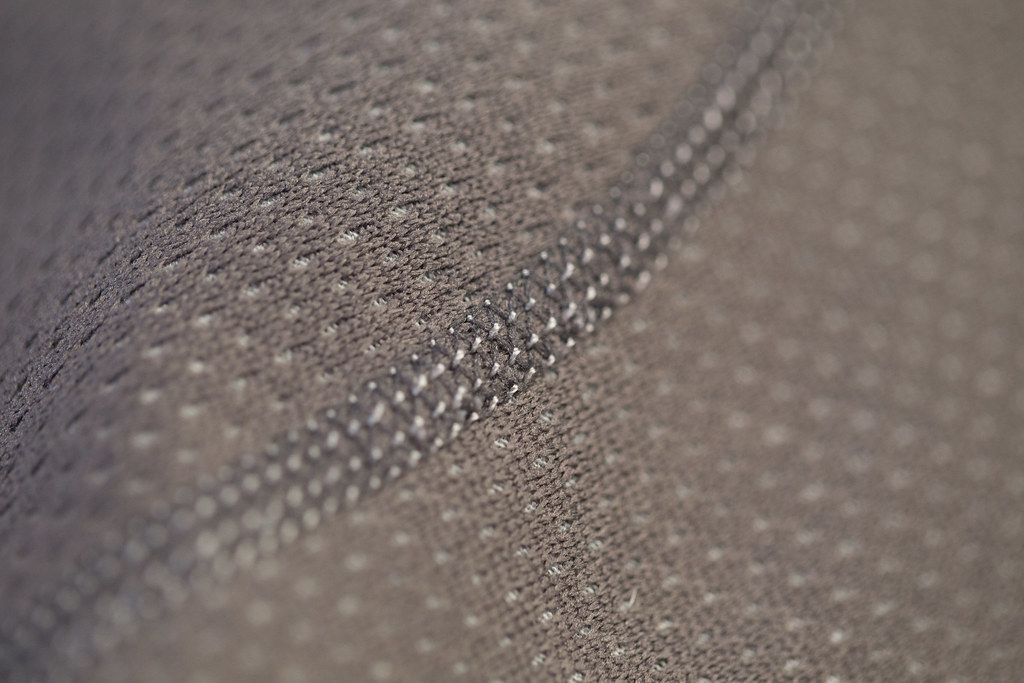
 Fitness clothing manufacturers tell you how to choose fitness clothing
Fitness clothing manufacturers tell you how to choose fitness clothing  You May Also Like
You May Also Like






















 Tel
Tel
 WhatsApp
WhatsApp
 Email
Email
 Address
Address






